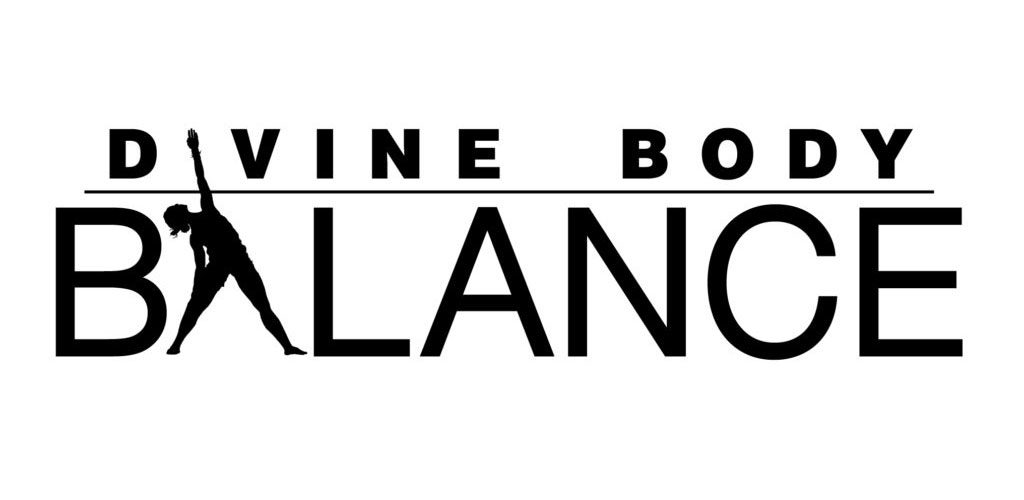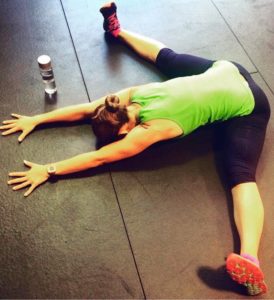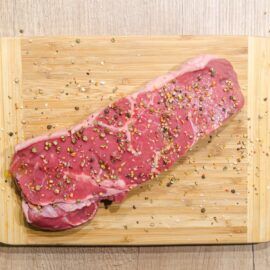

Your Adductors Matter When Spinning!
Plantar fasciitis has really been killing my cardio game.
With my heel sensitivity pretty much taking running off the table, I’ve been seeking out other sweat-inducing alternatives. Alternatives that spike my heart rate and work those oxidative pathways that I don’t stimulate in my strength training programs. Alternatives that keep the pressure off my feet and focus on torching the fat.
Enter, Spin, & Hello FlyWheel!
Boy! Did I ever find my calorie-burn. But man; I also found myself newly achy in my adductors! I was tight, little off balance, and lacking in range of motion. As a yogi and body aware individual, this feeling came as a very unpleasant surprise; flexibility is something I cherish, and it being compromised is something I wouldn’t (and couldn’t!) accept.


About your adductors:
Your adductors are located anterior-medial (on the front of your body, and toward the inside-center of the thigh), where they act as stabilizers of the pelvis and contribute to the strength of the prime movers: quads, hamstrings, and glutes. They run from your hip to your knee and are most notably activated when crossing one’s legs. You may have heard the adductors referred to as the groin–a generalized term for the region–but the adductors include the adductor longus and brevis, gracilis, sartorius, and pectineus. Squeeze your inner thighs together and you’re activating your hip adductors.
As for those hip flexors—they’re comprised of several muscles attaching your femur, or thigh bone, to your pelvis and lumbar spine. They lift your leg when you’re walking upstairs, and they play a part in balance and postural alignment. Pull your knee into your chest — you’re activating your hip flexors.
So if you’re spinning, and sitting, you need to be aware of your weight distribution and implement happy hip flexor practices. Without the following preventive measures, you may subject yourself to staggering lower back and knee pain. Or worse, you might just throw your body out of alignment all together! We want to avoid that post-spin waddle that can result from being inadequately warmed up and then overworked.
>> So how do we warm up and loosen these adductors?
Let’s start with the Foam Roller.
Get down onto all fours in a tabletop position (prone, facing down) and place the foam roller vertically beside you. Lift the leg nearest the roller and place the meaty part of your inner thigh (above your knee) on the roller. You can stay up on your hands or go down to your elbows and slowly roll the foam roller in towards your body and up your inner thigh. Find a tender spot and hold the foam roller there for approximately 30 Seconds. You can then begin to roll the foam roller even higher on the inner thigh and closer to your body. Then just repeat the process; don’t forget to switch legs!
>> Beyond foam rolling, we have the Cossack Squat.
This little diddy does wonders for increasing mobility and countering adductor tightness. Give it a whirl before heading into a set of squats and your depth and overall positioning is nearly guaranteed to improve. I’ll leave it to movement aficionado, Kit Laughlin, whom I had the opportunity to meet and learn from in 2015, to walk you through this one. He’s a phenomenal resource for stretch ideas and tutorials. Watch his skater and cossack squat video and feel boundless—inspired!
Now just channel that enthusiasm into your adductor health! I promise that a little more TLC of “The Groin” will help you do great things throughout your day. Yes, that’s a terribly corny statement, but, it’s also entirely true.
Now… Get to work!!
Your Healthy Body Guide –
Dawn







